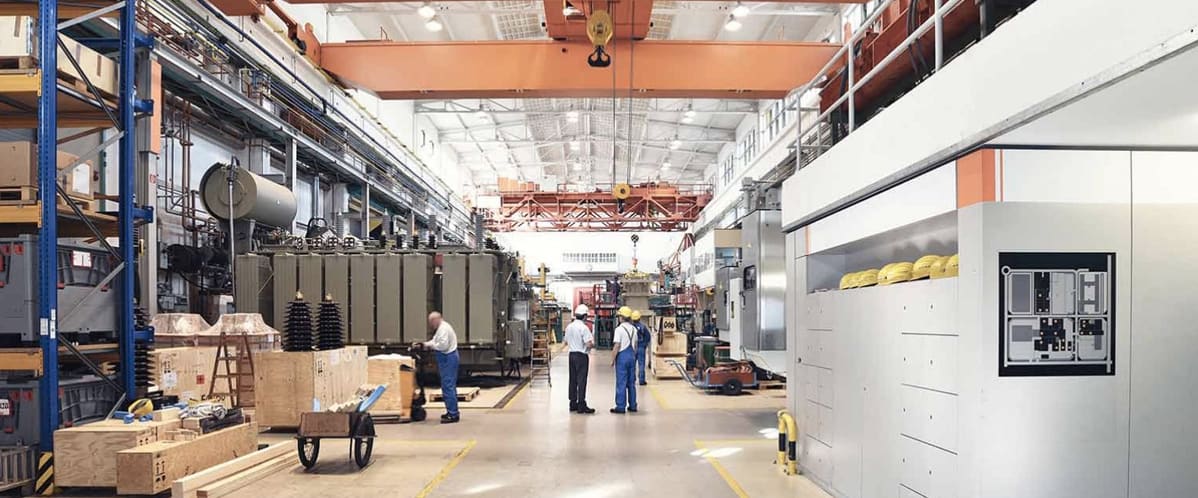As a Chief Financial Officer, one of the hardest parts of the job can be managing cash flow. Everyone looks to you when bills need to be paid, but predicting when your own company’s invoices will be settled is not easy.
Business plans rarely look at cash flow in a real, everyday sense, so your fellow directors tend to focus on what they see as the key deliverables of sales, expenditure and profits. These are accounted for in quarters and years and there is some degree of visibility and therefore planning possible.
Cash flow is different, though. It’s short term, unpredictable, and can have immediate and brutal consequences. A profitable quarter can turn into a nightmare for the CFO if invoices are settled later than expected, simply because it will leave the business with insufficient cash to pay the all company’s bills, if only looking at the profit and loss during the month as apposed to actual cash flow . You might get away with delaying payment to a supplier, but fail to pay wages, taxes or lease repayments on time and there will be immediate consequences.
Invoice Finance Makes Cash Flow Predictable
The answer to this problem of cash flow visibility is Invoice Finance. CFOs whose businesses use invoice financing, know they can get up to 90% of the face value of the invoices advanced to them, within hours of an invoice being issued, if they need it.
Once a business and its key suppliers have been accepted by an invoice finance provider like OptiPay, the option of accessing cash tied up in the accounts receivable is always there. In the modern Fintech and non-bank funding era, accessing cash to help with working capital and business growth is far simpler and quicker than it ever has been.
This is a game changer for CFOs who struggle with the fact that suppliers pay not only late, but unpredictably. Invoice finance makes cash flow as predictable as the production schedule. As long as you are disciplined about sending invoices out as soon as orders are fulfilled or you’re the work has been completed, the cash will never be far behind.
Invoice Finance Raises Capital Too
Many SMEs and CFOs choose invoice finance because it makes cash flow management so much safer and more predictable. But the benefits don’t stop there. In fact, as originally conceived it was primarily a source of capital – and it still is a great way to raise significant sums of money for a business. Invoice finance is to this day, the number one form of business finance for SME’s in the UK.
Because most business customers (B2B) don’t pay their bills until 30, 60 or even 90 days after they receive them, most SMEs have a substantial amount of money tied up in their accounts receivable at any given time. Anywhere between a month’s and a quarter’s revenues is normal. For high-turnover sectors such as manufacturing, wholesaling, or professional services, that can be millions of dollars, and is often a lot more than an SME can access via a loan.
Any CFO who chooses to bring Invoice Finance into the business is therefore also solving the not insignificant problem of how to raise capital for investment and growth. A problem that normally falls on his or her shoulders, of course! It is also important to point out that Invoice Finance is not an expensive form of finance. It is usually less than the cost of an overdraft and if translated into the cost of an invoice this can be simplified down to very low single digit percentages as a cost. Think of it as giving an early settlement discount for receiving upfront cash.
Finance Directors and Chief Financial Officers who want to learn more about invoice finance, or would like an estimate of how much their business could access – how quickly – and at what cost – should call OptiPay today.



